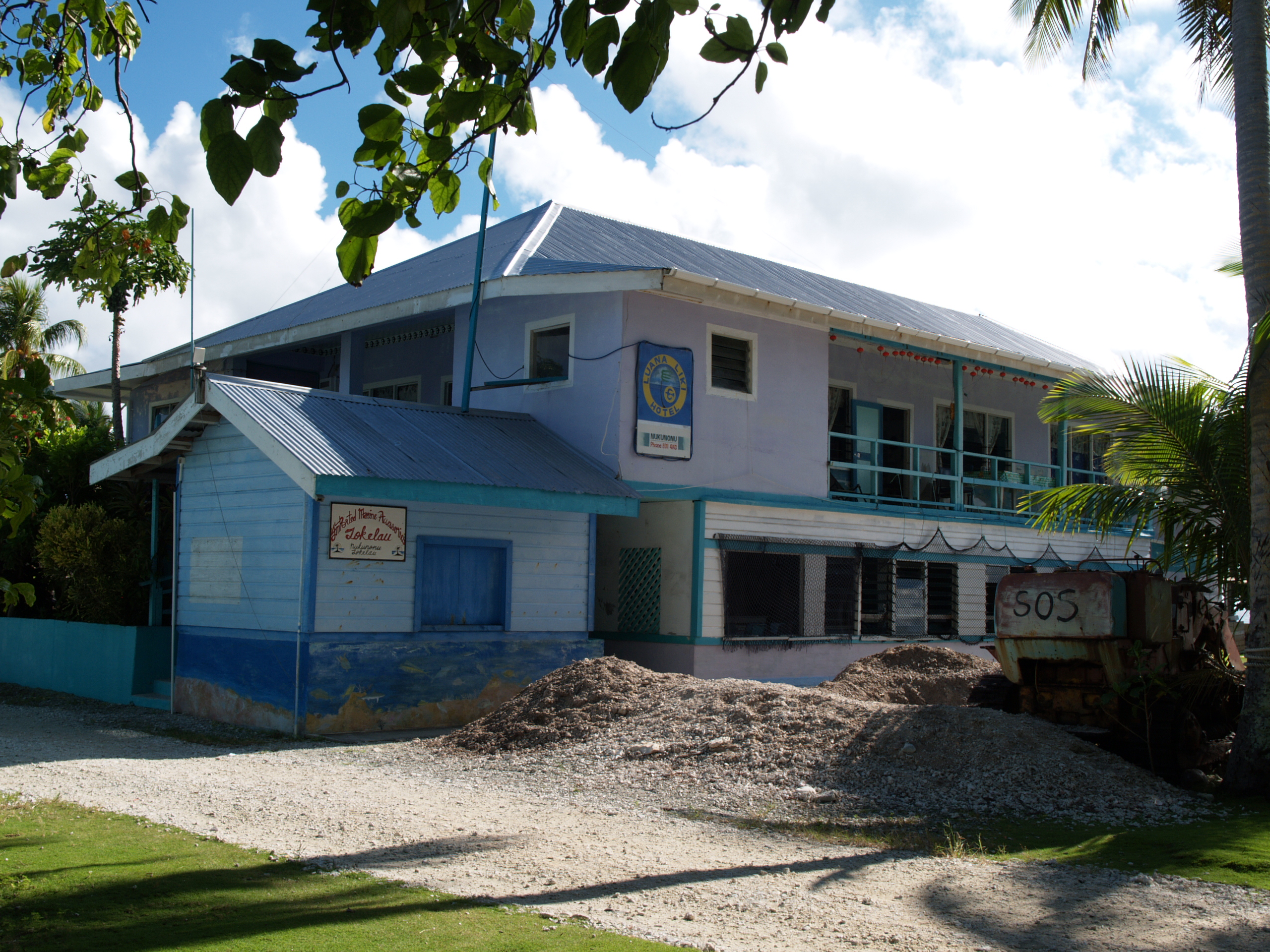Tokelau: Lost in Polynesia
Previously known as the Union Islands, Tokelau is a group of three tropical atolls — Atafu, Nukunonu, and Fakaofo. Their combined area is 10 km² (4 sq mi), and the population is approximately 1500 people. Tokelau lies north of the Samoan Islands, east of Tuvalu, south of the Phoenix Islands, southwest of the Line Islands, and northwest of the Cook Islands.
Tokelau has the smallest economy in the world, but it's the first nation to fully cover its energy needs using solar power, making it a leader in renewable energy. Like many other island nations, Tokelau is vulnerable to sea level rise due to its low relief—almost everywhere, the land is lower than 2 metres (6.6 feet).

Tokelau's nature is rather abundant, with 38 indigenous plant species, over 150 insect species and ten land crab species. The entire economic zone of Tokelau has been a shark sanctuary since 2011; its area is 319,031 km2 (123,179 sq mi). Some parts of each atoll are also designated as Important Bird Areas.
Atafu, initially called Duke of York Group, is the smallest atoll in Tokelau, though it consists of 52 coral islets.
Nukunonu, formerly known as Duke of Clarence Island, is the largest atoll in Tokelau. It comprises 30 islets surrounding the central lagoon. However, only one of the islets, Motuhaga, is populated. The only hotel in Tokelau, Luana Liki Hotel, and the only resort, Falefa Resort, are situated here.
Fakaofo, earlier called Bowditch Island, consists of islets with a land area of about 3 km² (1.1 sq mi) surrounding a central lagoon (45 km²). The settlements are set on Fale and Fenua Fala Islets; there are also 47 uninhabited islets. A curious landmark is the 5-metre-high concrete walls built around one of the atolls to defend it against sea level rise.

Accommodation options include homestays that can be arranged via the Tokelau-Apia Liaison Office in Samoa and a privately owned campsite on Sydney Island. Tokelau's only public eatery and bar are in its only hotel, Luana Liki. Each atoll has a hospital; however, visitors are strongly recommended to have travel insurance.
There is no airport in Tokelau, so boats are the only means of transport. Since 2016, all people and cargo transportation has been fulfilled by MV Mataliki, which has a capacity of 60 passengers for international cruises and 120 for sailing between the atolls comprising Tokelau. Every fortnight, the ship sails between Apia (Samoa), and Tokelau — a trip that lasts over a day. Besides, foreigners take last priority in securing a place; the fee of NZ$286 must be paid in cash and includes all meals you will have during the journey.
Also note that in order to visit Tokelau, a permit is required; to receive it, you need a police and a medical report. The permit costs 20 New Zealand dollars and must be approved by the village chief, pulenuku, of each atoll you are going to visit. Procession of the permit usually takes up to two weeks and sometimes even longer. Still, even if you already have your permit, you may have to wait around to get a berth on MV Mataliki, which is usually fully booked.

At present, Tokelau does not have a tourist industry, so don't expect any exciting attractions. Come here to enjoy the placid ocean, tranquil beaches, and untouched nature and to get away from hectic city life—these islands are perfect for such a wish.